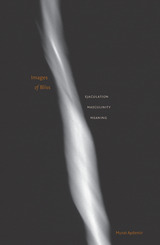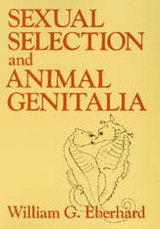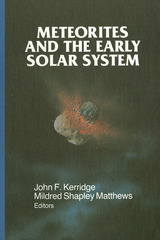
Aristotle believed semen to be the purest of all bodily secretions, a vehicle for the spirit or psyche that gives form to substance. For Proust’s narrator in Swann’s Way, waking to find he has experienced a nocturnal emission, it is the product of “some misplacing of my thigh.” The heavy metal band Metallica used it to adorn an album cover. Beyond its biological function, semen has been applied with surprising frequency to metaphorical and narratological purposes.
In Images of Bliss, Murat Aydemir undertakes an original and extensive analysis of images of male orgasm and semen. In a series of detailed case studies—Aristotle’s On the Generation of Animals; Andres Serrano’s use of bodily fluids in his art; paintings by Holbein and Leonardo; Proust’s In Search of Lost Time; hard-core pornography (both straight and gay); and key texts from the poststructuralist canon, including Lacan on the phallus, Bataille on expenditure, Barthes on bliss, and Derrida on dissemination—Aydemir traces the complex and often contradictory possibilities for imagination, description, and cognition that both the idea and the reality of semen make available. In particular, he foregrounds the significance of male ejaculation for masculine subjectivity. More often than not, Aydemir argues, the event or object of ejaculation emerges as the instance through which identity, meaning, and gender are not so much affirmed as they are relentlessly and productively questioned, complicated, and displaced.
Combining close readings of diverse works with subtle theoretical elaboration and a keen eye for the cultural ideals and anxieties attached to sexuality, Images of Bliss offers a convincing and long overdue critical exploration of ejaculation in Western culture.
Murat Aydemir is assistant professor of comparative literature at the University of Amsterdam.

As Darwin first pointed out, two distinct evolutionary processes have contributed to the diversity of form and function in plants and animals: natural selection and sexual selection. In this book William Eberhard presents a new theory that explains male genitalic evolution as a result of sexual selection. From flatworms to fish, from moths to rodents, animal genitalia display an extraordinary variety of baroque morphologies. Not only are the forms varied, they have diverged rapidly in the course of evolution.
Why such strange forms and such rapid divergence? These questions have puzzled evolutionary biologists and animal taxonomists for over a century, and several hypotheses have been proposed. Eberhard shows that none of the explanations is adequate and proposes a new hypothesis. He views genitalia as courtship devices that function in the competition for mates by influencing the females' choices of fathers for their offspring. To the extent that male genitalic structures affect female choices, male genitalia are subject to the same type of runaway selection as that on structures, such as the peacock's tail, used in precopulatory courtship.
Eberhard's hypothesis can explain the fact that in a vast range of animals, from nematodes to mammals, male genitalia tend to be more complex than female genitalia, are often more elaborate than would be required for simply introducing sperm into the female's body, and have diverged rapidly and are thus highly species-specific in form. Although the emphasis is on theoretical explanations, many examples are presented of the vast diversity of animal genitalia: squids with arms whose tips break off and swim around inside the female after introducing an explosive, grenade-like sperm packet into her; flatworms that have rows of penes despite the presence of only a single female aperture; damselflies that give their mates contraceptive douches prior to inseminating them; and female seahorses with penes.
READERS
Browse our collection.
PUBLISHERS
See BiblioVault's publisher services.
STUDENT SERVICES
Files for college accessibility offices.
UChicago Accessibility Resources
home | accessibility | search | about | contact us
BiblioVault ® 2001 - 2024
The University of Chicago Press









